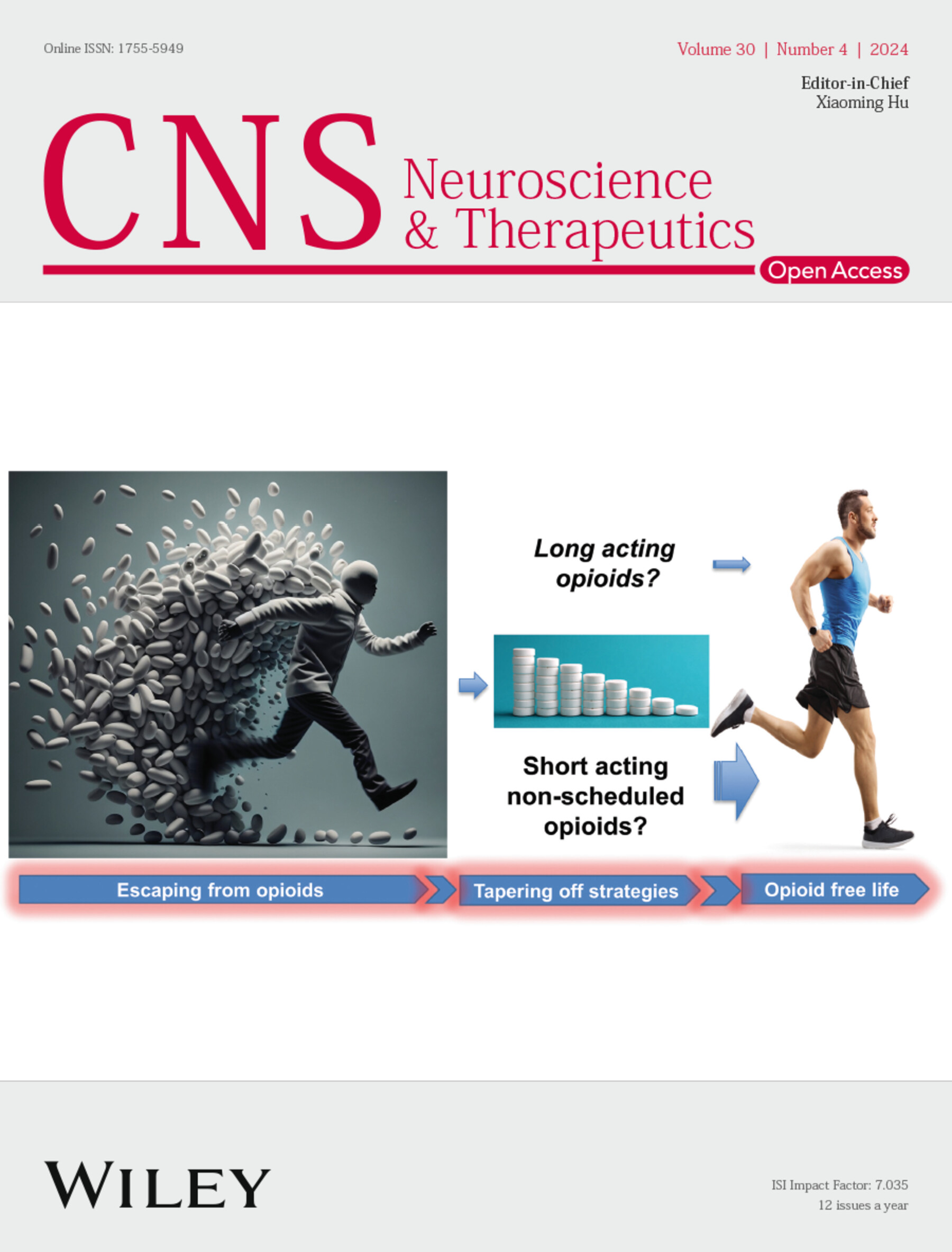Triptolide Inhibits Epileptic Seizures by Rescuing the Neuroinflammation-Related GABAergic Dysfunction in Mice
Abstract
Objective
This study aims to evaluate the antiepileptic effect of triptolide (TPL), a strong anti-inflammatory and immunosuppressive diterpenoid compound from a Chinese herb medicine Tripterygium wilfordii Hook F (TWHF).
Methods
The pentylenetetrazol (PTZ)-induced seizure model, maximal electroshock seizure (MES) model, corneal (6 Hz) kindling model, and kainic acid (KA) mouse model were used to assess the antiepileptic effect of TPL. EEG recording and behavioral tests were used to evaluate the disease-modifying effects of TPL in epileptic conditions. Extracellular recording combined with optogenetics was used to evaluate the effect of TPL on hippocampal GABAergic inhibition in vivo.
Results
Though intragastric administration of TPL (50 μg/kg) had no direct anticonvulsive effect in normal mice, it retarded corneal kindling acquisition in mice and reduced the seizure severity in corneal kindled mice. Meanwhile, intragastric administration (10 or 50 μg/kg) of TPL exhibited disease-modifying effects in the established KA mouse model of temporal lobe epilepsy (TLE). Extracellular recording combined with optogenetics showed that TPL improved the hippocampal GABAergic “braking effect” in epileptic mice. Furthermore, bioinformatics analysis predicts IL-1β as a key target for the antiepileptic effect of TPL. TPL reduced the level of IL-1β in the hippocampus of KA-induced epileptic mice, while focal injection of IL-1β (5 ng in 1 μL saline) attenuated the hippocampal GABAergic “braking effect” in normal mice. Focal injection of TPCA-1 (an IKK-2/NF-κB inhibitor, 600 ng in 1 μL 1% DMSO) partly recovered the IL-1β-induced attenuation of the GABAergic “braking effect”.
Conclusion
This study indicates that a low dose of TPL may inhibit epilepsy by potentially rescuing dysfunction in hippocampal GABAergic neural circuits related to neuroinflammation in mice.


 求助内容:
求助内容: 应助结果提醒方式:
应助结果提醒方式:


